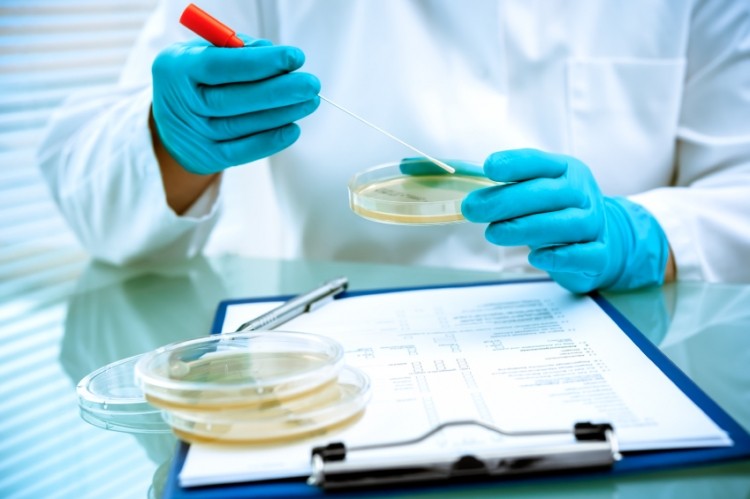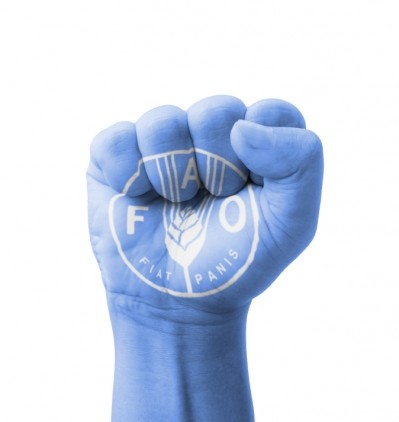Joint program from TAMU and FAO aims at capacity building in feed lab work

The online training program, which also involves the Office of the Texas State Chemist, is designed to teach students to operate research facilities that provide data that are “reliable, interpretable, repeatable and defensible,” organizers said. It also gives students the opportunity to develop budgeting skills and learn how to set a technology plan.
“Improving quality control is critical for sustainable development of the livestock sector,” added the FAO.
The e-course has been offered since 2013, with FAO regional offices in Ghana and Thailand sponsoring students to undertake the program as the course aims at enhancing feed sector expertise in emerging markets.
“Capacity building through this mechanism is low-cost, efficient and prudent,” noted the UN organization.
The last edition of the e-course, which concluded in August, saw 25 students from 17 different countries enrolled. “Demand for this course has always been high,” said Harinder Makkar, FAO coordinator of the program.
Accurate testing
Tim Herrman, who is the course director, professor in the department of soil and crop sciences at TAMU, and also Texas state chemist, said: “It’s a unique course in that it talks about the elements of how to run a lab. It’s how to run a quality laboratory, or implement a quality system.”
Additionally, students are taught how to develop accurate testing and handling of experiment controls, he said. When unknown samples are run at feed labs, working controls are needed and have to be handled and processed correctly.
“We really want students to understand how to analyze lab data, and how to validate a test kit, and how to write an SOP [standard operating procedure], and what are the steps to become an ISO [International Organization for Standardization] accredited lab and how to manage a lab,” he told FeedNavigator.
The work also includes an examination of how to develop methods used within the lab, how to develop procedure integrity, account for chain of custody, manage information and address bio-security, reported program members.
Prevention focus
“Within any aspect of the food sector, human food or food for animals, one wants to take a preventative approach,” said Herrman.
For a preventative approach to be effective, laboratory work needs to be accurate when working with items like feed contaminants or nutrients, he said. That attention to detail is a step in the creation of the systems needed to ensure product safety.
“This (program) helps people understand how to run a laboratory and produce accurate results as one in many steps in a preventative approach to manage food safety risks,” he said.
Although the program is offered online, only a limited number of students are selected for each class as the program still offers one-on-one work with students, he said. “It’s really important for us that students do master these skills,” he added.


!['A number of studies have suggested that diet and feed influence shedding on E.coli [in cattle]': Dr Sarah Cahill, FAO © istock.com/safety](/var/wrbm_gb_food_pharma/storage/images/_aliases/wrbm_medium/5/3/2/0/3360235-1-eng-GB/WHO-and-FAO-want-feed-industry-data-to-help-manage-E.coli-risk.jpg)








